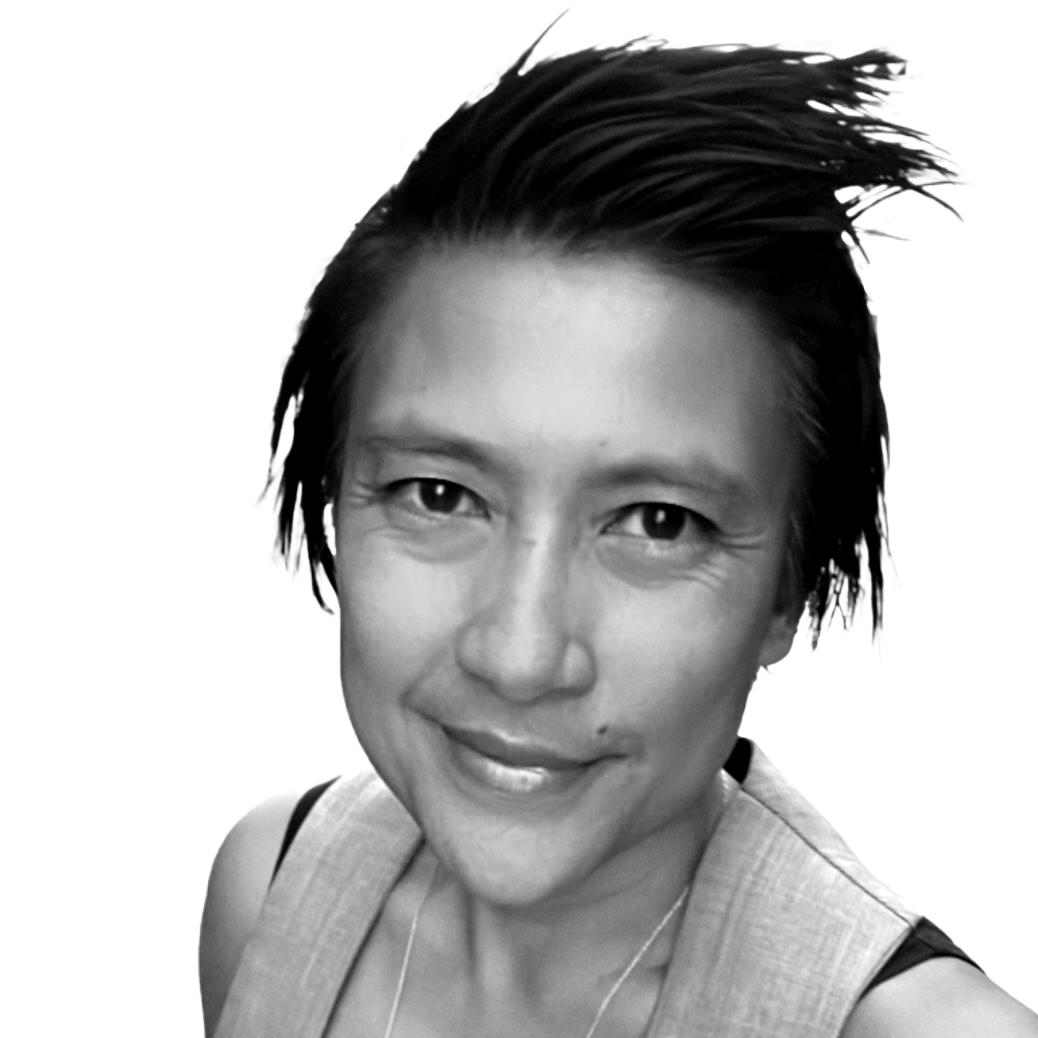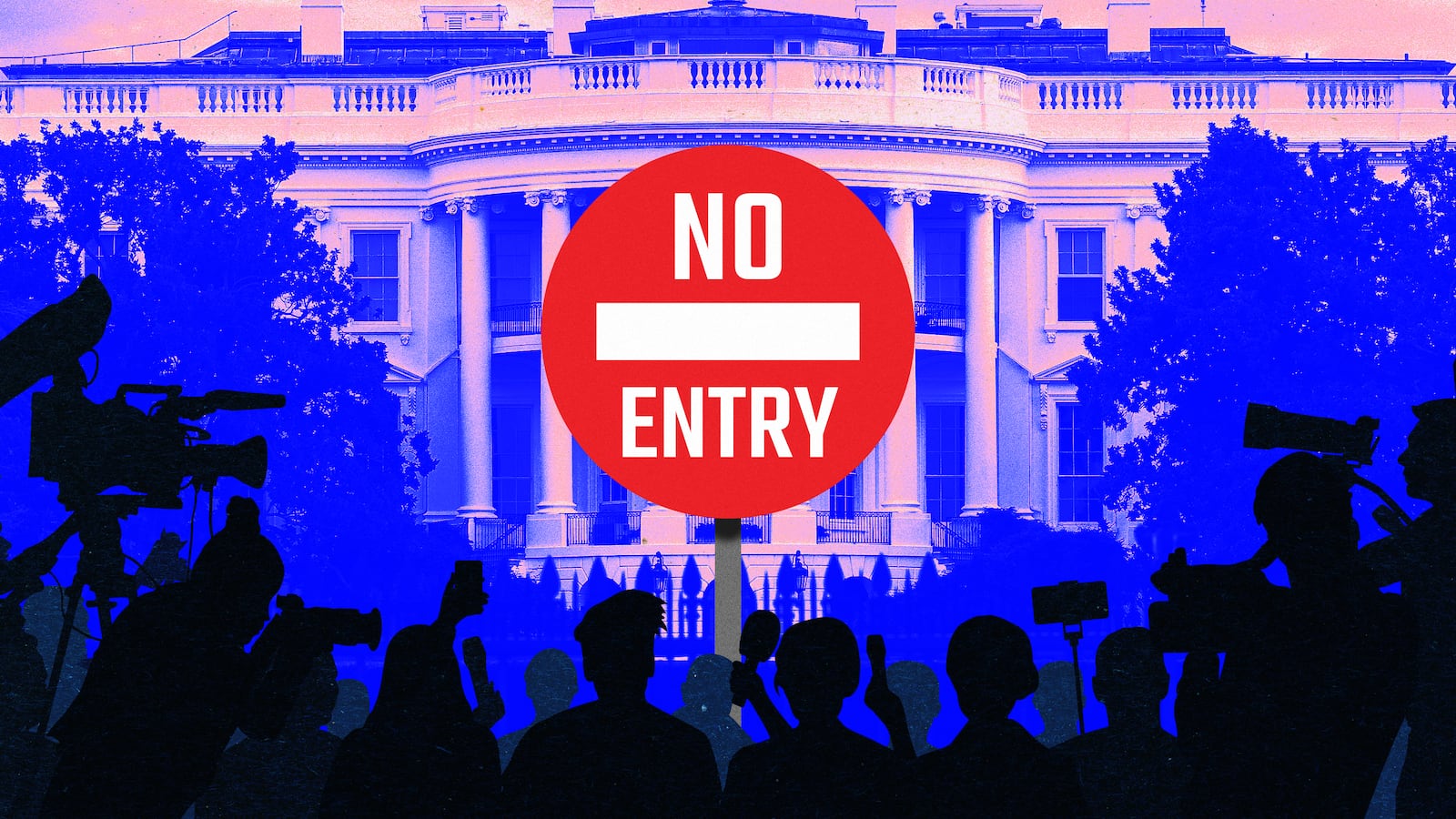The White House has created an exclusion zone around press secretary Karoline Leavitt and other key communications officials, in yet another media crackdown by the Trump administration.
Weeks after restrictions were imposed on reporters covering the Pentagon, a memorandum issued late Friday now bans White House correspondents from accessing an area of the West Wing that had been open to them for decades—unless they have a prior, approved appointment.
The memo restricts journalists from accessing Room 140, also known as “Upper Press,” which contains the offices of Leavitt, White House Communications Director Steven Cheung, and other key staffers.

According to the memo, “the White House is now responsible for directing all communications, including on all national security matters,” which requires them to handle “sensitive material.”
“In order to protect such material, and maintain coordination between National Security Council Staff and White House Communications Staff, members of the press are no longer permitted to access Room 140 without prior approval in the form of an appointment with an authorized White House Staff Member,” said the memo, which was sent out by Leavitt and Cheung.
The restriction, effective immediately, is a throwback to 1993, when the Clinton administration attempted to curb access to the Upper Press area but climbed down after an angry backlash.

At the time, Clinton’s director of communications George Stephanopoulos, who is now an ABC television host and a regular target of Trump’s ire, said the ban was imposed because he was more involved in policy matters than previous press secretaries, and he didn’t want journalists “loitering” around.
Since then, however, journalists covering successive administrations have been able to enter the area to ask questions or seek background information.
So too have pro-Trump “new media” outlets and MAGA influencers, who are given preferential treatment in the White House briefing room, as well as access to the area now being restricted.
Cheung defended the ban in a post on Friday night, saying some reporters had been caught secretly recording video and audio of their offices, taking pictures of “sensitive material” or eavesdropping.
The White House restriction comes after Defense Secretary Pete Hegseth imposed new rules at the Pentagon limiting press freedom.
The new rules said credentialed reporters were no longer allowed to roam freely within the building, and any Defense Department information obtained by the press had to be approved for release by an authorized official, even if it was unclassified.
The agreement journalists were asked to sign also threatened to criminalize national security reporting and could have exposed reporters seeking information from sources to prosecution.

However, many seasoned and credible Pentagon reporters refused to sign up to the new rules and were forced to return their credentials.
The new press corps covering America’s defense policy and military has now been stacked with a number of right-wing media outlets, MAGA influencers, and conspiracy theorists.
Friday’s memo is not the only time the White House has sought to crack down on media access.

Earlier this year, the Associated Press, a news wire service used around the world, was barred from certain press pool spaces, including the Oval Office and Air Force One, after it refused to call the Gulf of Mexico by the president’s preferred name: the Gulf of America.
More recently, the White House has shown its disdain for the media by answering important questions with childish jibes.
Earlier this month, for instance, HuffPost correspondent S.V. Date asked Leavitt about Trump’s choice of location for a planned meeting with Russian President Vladimir Putin.
When asked who had picked Budapest, given the contentious history of the Hungarian capital in Ukraine-Russia relations, Leavitt replied: “Your mom did.” When Cheung was asked the same question, he delivered an even shorter response: “Your mom.”
However, the White House continues to claim the Trump administration is “the most transparent and accessible in history,” pointing to the president’s almost daily events and remarks.
Cheung added on Friday that credentialed reporters would still have access to some of their team in another part of the West Wing known as “lower press.”
But the White House Correspondents’ Association president, Weijia Jiang, said the association “unequivocally opposes” the changes, which would “hinder the press corps’ ability to question officials, ensure transparency, and hold the government accountable, to the detriment of the American public.”








